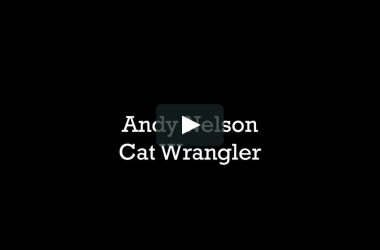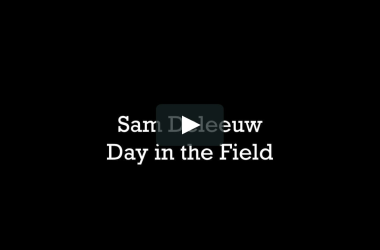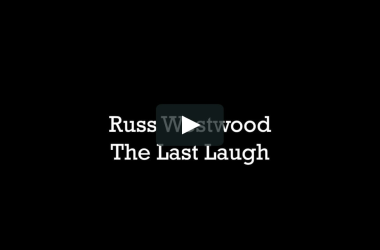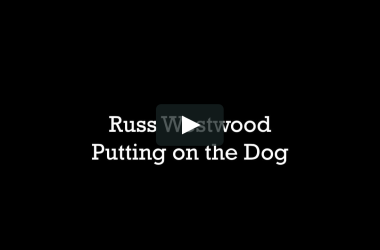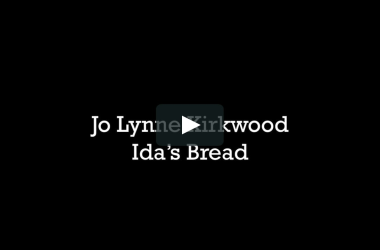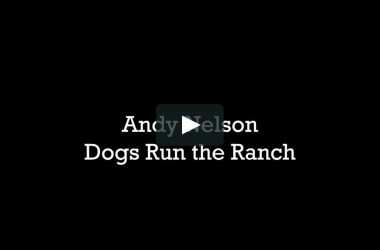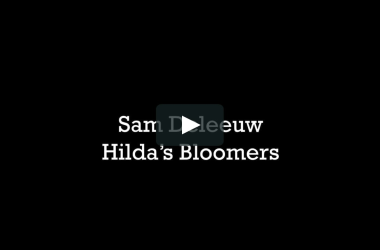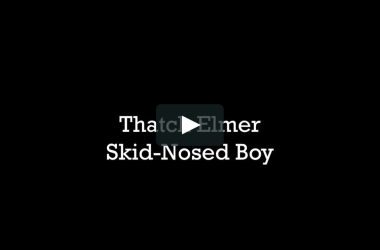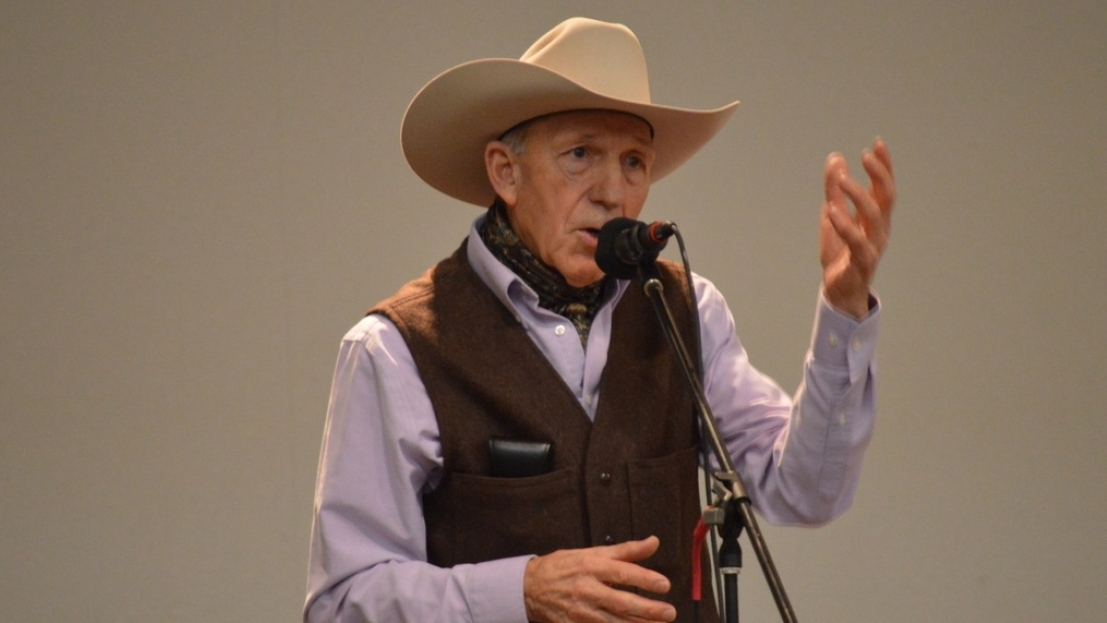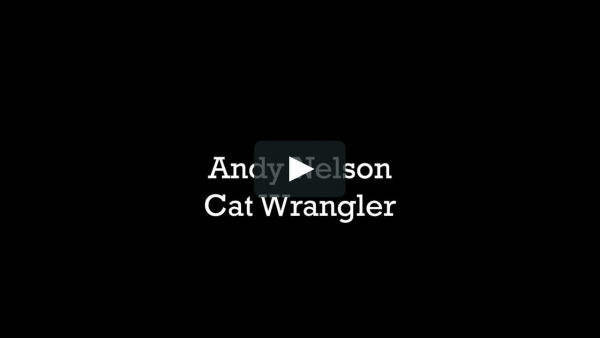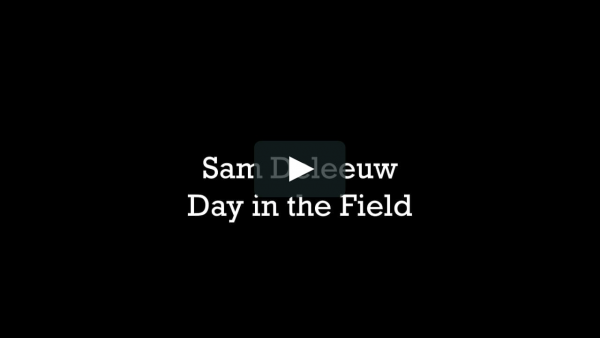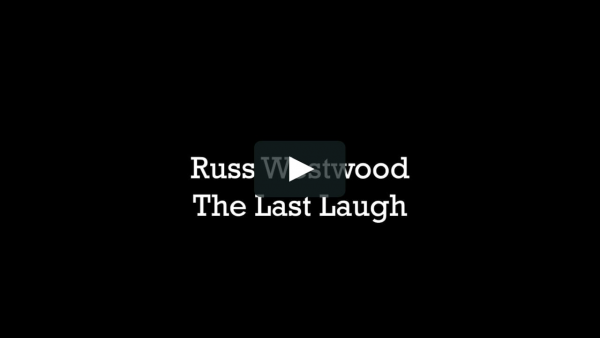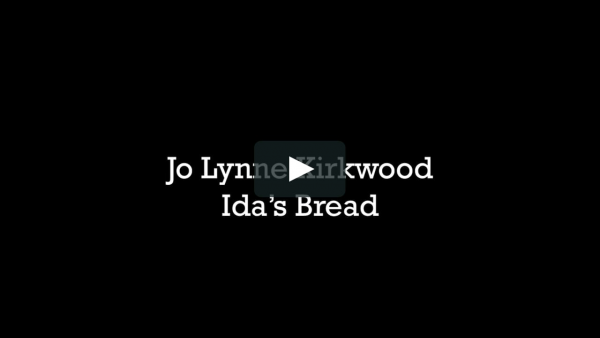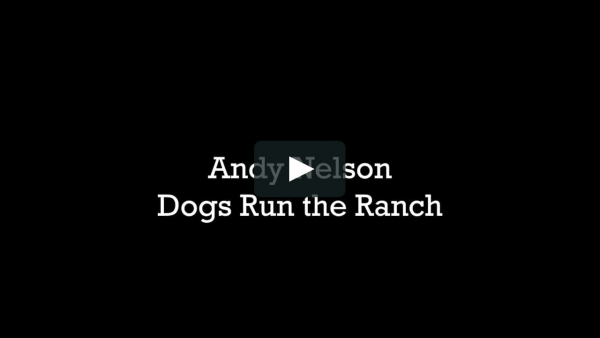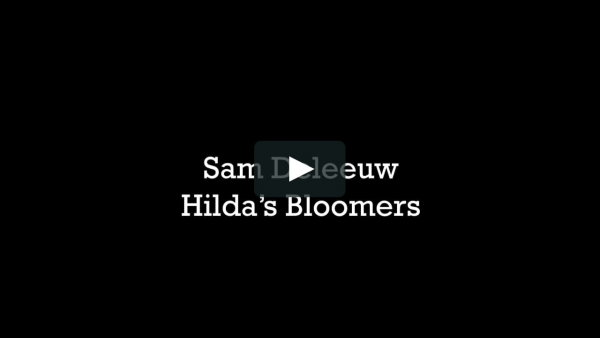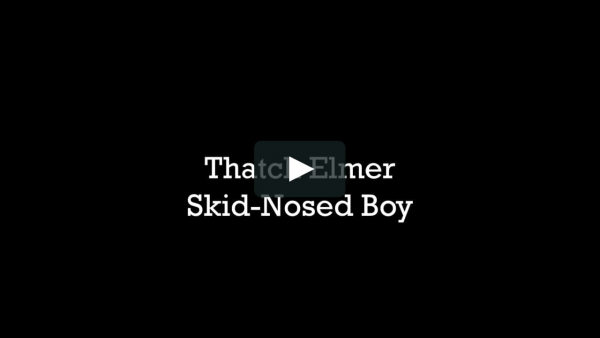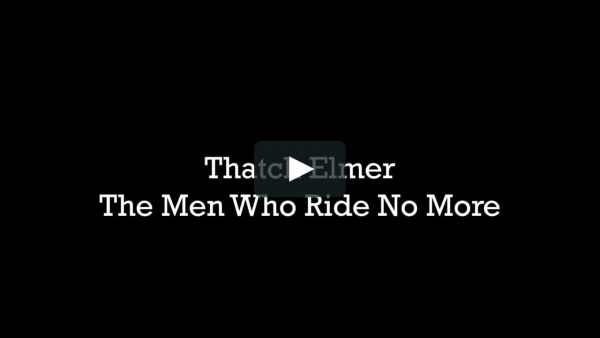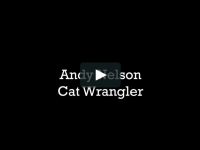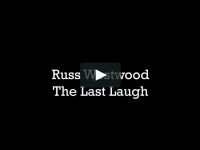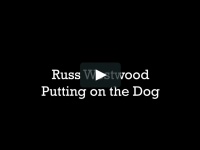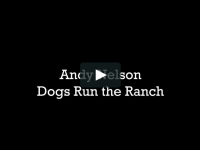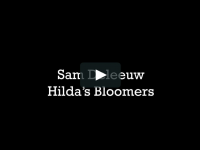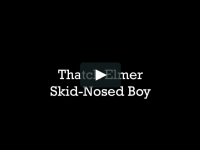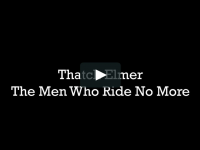Bernard De Voto wrote of the cowboy that he is “the only American who has an art and a literature devoted wholly to his celebration.” Surely, the idea of the lone cowboy on the range has an incomparably strong hold on the American imagination. In Utah, the literature about cowboys crystallizes in what is known as cowboy poetry.
Cowboy poetry celebrates what cowboy poets often call simply “the lifestyle,” or life dedicated to cattle. Cowboy poets almost solely write lyric poetry from the perspective of someone living the lifestyle, usually from the perspective of the cowboy poet himself. Cowboy poetry is generally performed in front of an audience and the performer generally positions the speaker as an autobiographical “I” that is recounting events in the life of the cowboy on the range. At festivals and recitals, particularly the larger festivals such as the Heber Valley Cowboy Poetry Festival held each fall, participants and performers alike often engage in “period” dress, emulating pre- and post-Civil War fashions, sometimes dressing in character as well as furriers, mountain men, blacksmiths, or as imagined American Indians.
Arguably, the point of the poetry isn’t necessarily to bring back a specific moment in history despite the scene’s emphasis on the 19th century as the pinnacle of cowboy life in the West. Instead, cowboy poets hold up the cowboy as a figure of rugged (mostly) independence and skill. The cowboy or ranch hand stands for the simplicity of life lived close to the land and against the complications of large national and regional institutions, such as cities, the federal government, and large banks. The protagonists of cowboy poetry often confront representatives of these institutions who want to somehow interfere in the workings of the ranch, threatening the viability of the ranch through heavy-handed regulation or financial sleight of hand. Often, though, the cowboy poet protagonist is a person of skill doing the best that they can in the face of the hardships of ranch life (like mutated, and escaped cows), which the poet treats humorously and often involve large quantities of cow manure. Many cowboy poets now do not necessarily work on a ranch, but position themselves as rhapsodists of the cowboy lifestyle and generally tell the audience that they have an autobiographical connection to important aspects of the lifestyle as part of their performance. Whether or not they actively work as ranch hands or cowboys proper, cowboy poets all profess to appreciate simplicity in both lifestyle and in thought (think forthrightness, honesty).
The most famous cowboy poets tend to be men, though some women, such as Cache Valley cowboy poet Sam Deleeuw, have made names for themselves writing lyrics about the hardships and rewards of life as the wife and support structure of the working ranch. Sam Deleeuw and Yvonne Hollenbeck (of South Dakota) write about the role of the ranch wife as one of uncomplainingly unrewarded labor, the load-bearing wall of the ranch. The gendered division of labor on the ranch often comes in for light ridicule in light of the many hats that the ranch wife is expected to wear, in the case of Deleeuw, literally a cowboy hat rather than a bonnet. The ranch wife has to cook, clean, keep the books, and sometimes chase down unruly livestock, all while maintaining a proper household and keeping her sanity. Despite the surface differences in theme, often, the same themes of hard work, the joys of a simple life, and living close to the land feature in most women’s cowboy poetry.
For those interested in cowboy poetry, there are several major annual festivals celebrating the art form in Utah: the Cache Valley Cowboy Rendevous, Antelope Island’s Cowboy Legends, and the Heber Valley Cowboy Poetry and Music Festival, the largest celebration in the state, featuring train rides, Western music, mountain man demonstrations, shooting competitions, and poetry.
Poet Gallery
